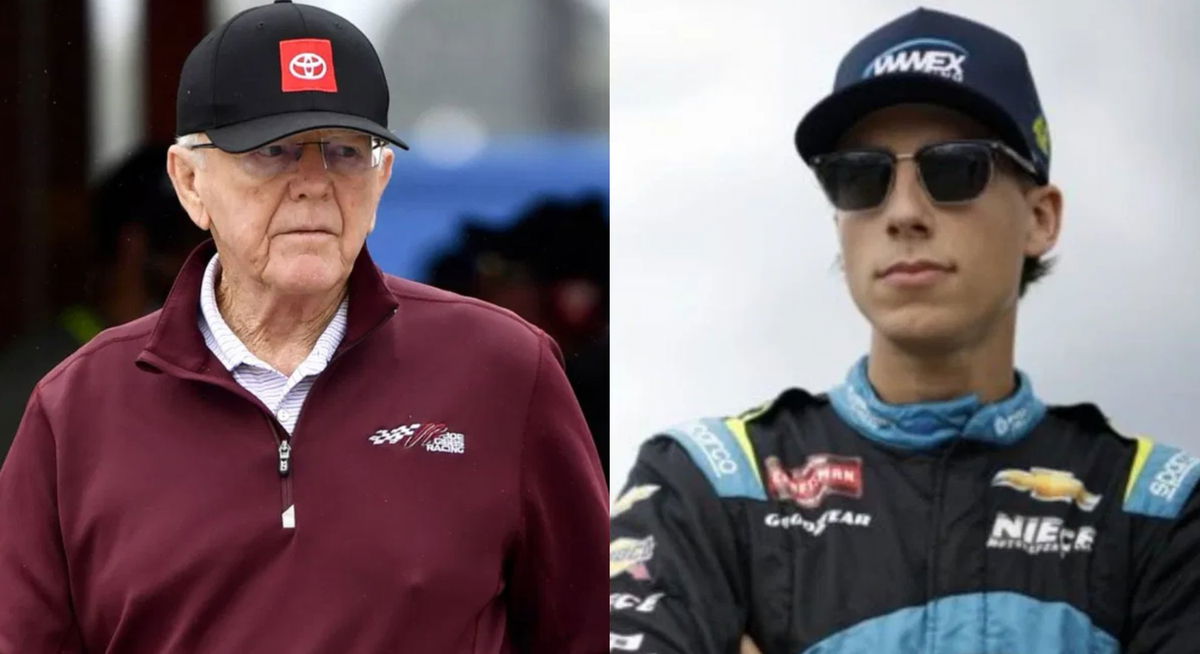

Christopher Bell’s Darlington run didn’t fall apart because of a blown engine or a late-race wreck on the track. Instead, it came unraveled on pit road. The Joe Gibbs Racing star had been steady inside the top 10, grabbing stage points and looking like a threat to close strong. But when Carson Hocevar spun on Lap 152 and brought out a caution, everything changed. Bell’s No. 20 cycled onto the pit lane with the leaders, only for chaos to strike during the stop.
Watch What’s Trending Now!
As Bell pulled out of his stall, Hocevar slid back into the lane, and contact between the two left Bell with front-end damage that demanded another stop. By the time repairs were made, his night was toast, and he limped home in 29th. What followed, though, sparked a debate that had insiders pointing fingers, and not necessarily in the direction most fans expected.
ADVERTISEMENT
Kevin Harvick sides with Carson Hocevar
After Christopher Bell’s pit-road collision at Darlington, Kevin Harvick, on his Happy Hour Podcast, sided with Carson Hocevar. The NASCAR veteran spared the young driver from full blame and directed attention toward team-level errors. After their clash, Bell pointed fingers at Hocevar’s crew for the miscue.
“I think it’s more on his team to not let him know the circumstances,” Bell said. Harvick, however, had a different take. “I don’t think Hocevar did anything wrong,” he said. He was also quick to point out the people responsible for the unfortunate incident for Bell. “I think when you look at these scenarios, the crew chief on top of the pit box or the spotter is responsible for helping the driver get out of the pit box,” he further added.
And Harvick is spot on. Pit road is one of the most dangerous and tightly regulated areas in NASCAR. Cars enter and exit in close quarters, and drivers are heavily reliant on their crew chief and spotter to clear them safely into traffic. This is especially critical during cautions, when as many as 30 cars can flood the pit lane at once.
ADVERTISEMENT
Bell’s exit directly into Hocevar’s path suggested a breakdown in that communication chain. Unlike drivers on track, who can lean entirely on instinct, mirrors, and timing, pit road is too chaotic for anyone to manage solo. Harvick himself emphasized this, noting that experienced drivers always check their mirrors. He even gave the example of Bubba Wallace for the same, “Bubba was obviously paying attention because he stayed in the pit stall and drove through the pit stalls. Bell just pulled right out of there like nobody was coming and with the way that the mirrors and everything work, you can use them to be able to get out of your pit box and pay attention.” This underlined Harvick’s belief that the drivers are expected to rely on their mirrors and spotters to safely rejoin pit lane traffic rather than assuming the path is clear.
But ultimately, as Harvick mentioned, “Some of that responsibility lies on them [the team] having the wherewithal to be checking and doing that as well.”
ADVERTISEMENT
By pointing to the responsibilities of the crew chief and spotter, Harvick shifted the blame away from Hocevar. Instead of framing it as a rookie misstep, he emphasized the bigger issue. Bell’s team failed to communicate and manage pit-lane traffic effectively, turning a routine stop into a night-ending disaster for the No. 20.
Top Stories
Kyle Busch’s Future in Limbo As Richard Childress Admits Exit Plans Amid NASCAR on Sale Rumors
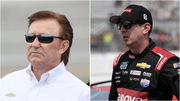
Richard Childress Echoes Heather Gibbs’ ‘Gun to the Head’ Claims as He Exposes NASCAR’s Charter Negotiations
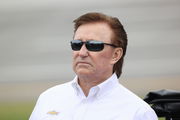
“He Wanted to Ki** Me”: Kyle Larson Recalls Terrifying Moment When Veteran Rival’s Crew Stormed Him After Trash Talk
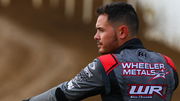
FACT CHECK: Is Bubba Wallace Leaving NASCAR? The Reality Behind Viral Facebook Claim Amidst Lawsuit Tensions
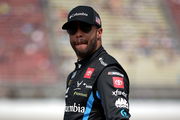
Will NASCAR Move to NETFLIX? How Does Warner Bros. $72B Sale Affect TNT’s Broadcast?
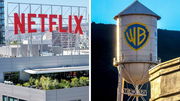
Freddie Kraft too points to pit crew breakdown in Bell-Hocevar clash
When the dust settled after Darlington, more than one insider jumped in to dissect the pit-lane chaos. Veteran spotter Freddie Kraft didn’t mince words on the Door Bumper Clear podcast. “The rightaway usually is the guy in the box,” he said, stressing that Bell, already stopped in his stall, should have had priority. According to Kraft, Carson Hocevar’s entry shouldn’t have caused confusion. Protocol dictated that Bell’s team needed to manage the release safely.
ADVERTISEMENT
Kraft wasn’t alone in his assessment. TJ Majors and Tommy Baldwin chimed in with similar perspectives. Both insisted that pit-road communication, and not Carson Hocevar’s driving, was at fault. Baldwin explained that miscommunication between spotters and crew chiefs is a recipe for disaster: “If they didn’t talk, it’s on them.” His point was clear. Drivers rely heavily on their teams for situational awareness, especially in the confined, high-pressure environment of pit road.
These comments highlight a fundamental truth about NASCAR’s pit strategy. The chain of command starts with the crew chief, filters through the spotter, and only then reaches the driver. If any link in that chain breaks, the result is chaos. Hocevar may have triggered the caution that set up the mess, but Bell’s release without proper clearance was a team-level failure.
And the real issue here isn’t just about one race. Rather, it’s about system reliability as a whole. NASCAR pit roads are notoriously unforgiving, and playoff races leave no margin for error. When teams fail to coordinate properly, one poorly timed release can undo weeks of preparation.
ADVERTISEMENT
So the bigger question becomes: will NASCAR teams tighten their pit-box protocols to prevent a repeat? With championships on the line, one miscue in the pits can be just as devastating as a wreck at 190 mph.
ADVERTISEMENT
ADVERTISEMENT
ADVERTISEMENT

